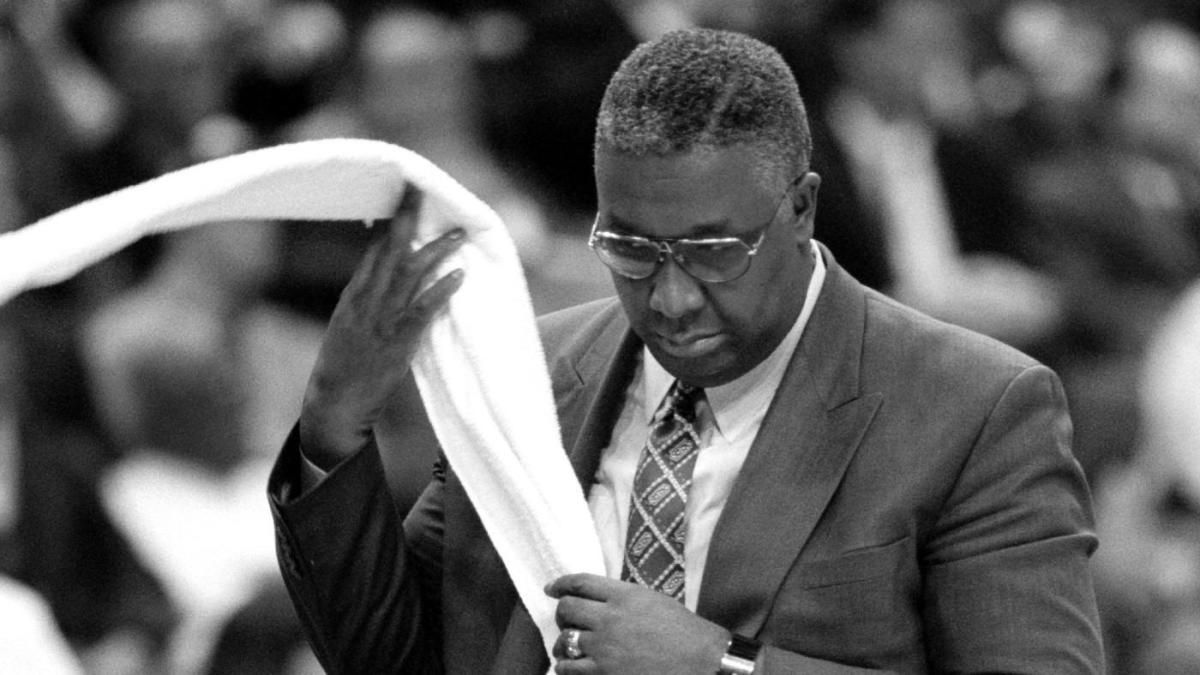SBA Certifies Record # of Diverse-Owned Small Businesses

The agency has certified more than 17,000 diverse-owned small firms this year as part of a broader effort to expand access to federal contracting.
The Small Business Administration announced today that it gave out more than 17,000 federal contracting certifications to small firms during this fiscal year through its programs for women, veterans , socially and economically disadvantaged business owners, and businesses located in historically underutilized areas.
Certifications are up by 40 percent from last year, making it a single-year record, according to the press release.
SBA’s programs aim to allow more diverse-owned businesses to compete for lucrative government contracts. Over 12 million small businesses in the U.S. are women-owned , over 1.9 million are veteran-owned , and 3.5 million are Black-owned , according to the agency.
SBA’s efforts to expand access to federal contracts are paying off for small businesses: Earlier this year, the agency announced that 28 percent of prime government contracts went to small firms in fiscal year 2023. Those contracts generated a total of $178.6 billion for small businesses–an all-time high–beating the previous year’s total by $15.7 billion.
The SBA projects that more than 28 percent of contracts will again go to small businesses in fiscal year 2024.
“[T]he SBA has taken bold action to ensure that more small businesses than ever before can compete for and win valuable government contracts,” SBA head Isabel Casillas Guzman said in a press release, nodding to a newly released online platform where small business owners can apply for certifications.
“However, we don’t just want to certify more firms—we want those firms to have more contracts to pursue,” Guzman added.
Hence, the SBA is advocating for an expansion to their Rule of Two, which mandates that government agencies set aside a contract for small businesses when two or more such businesses are “expected to submit offers at reasonable prices,” per the press release. This rule change would expand the rule so that agencies earmark contracts awarded to multiple businesses, too. The SBA estimates this could generate up to $6 billion more for small firms per year.
Business owners can submit comments on this proposed rule change at the Federal Register until December 24.
Article written by ANNABEL BURBA for Inc.com





Share On: